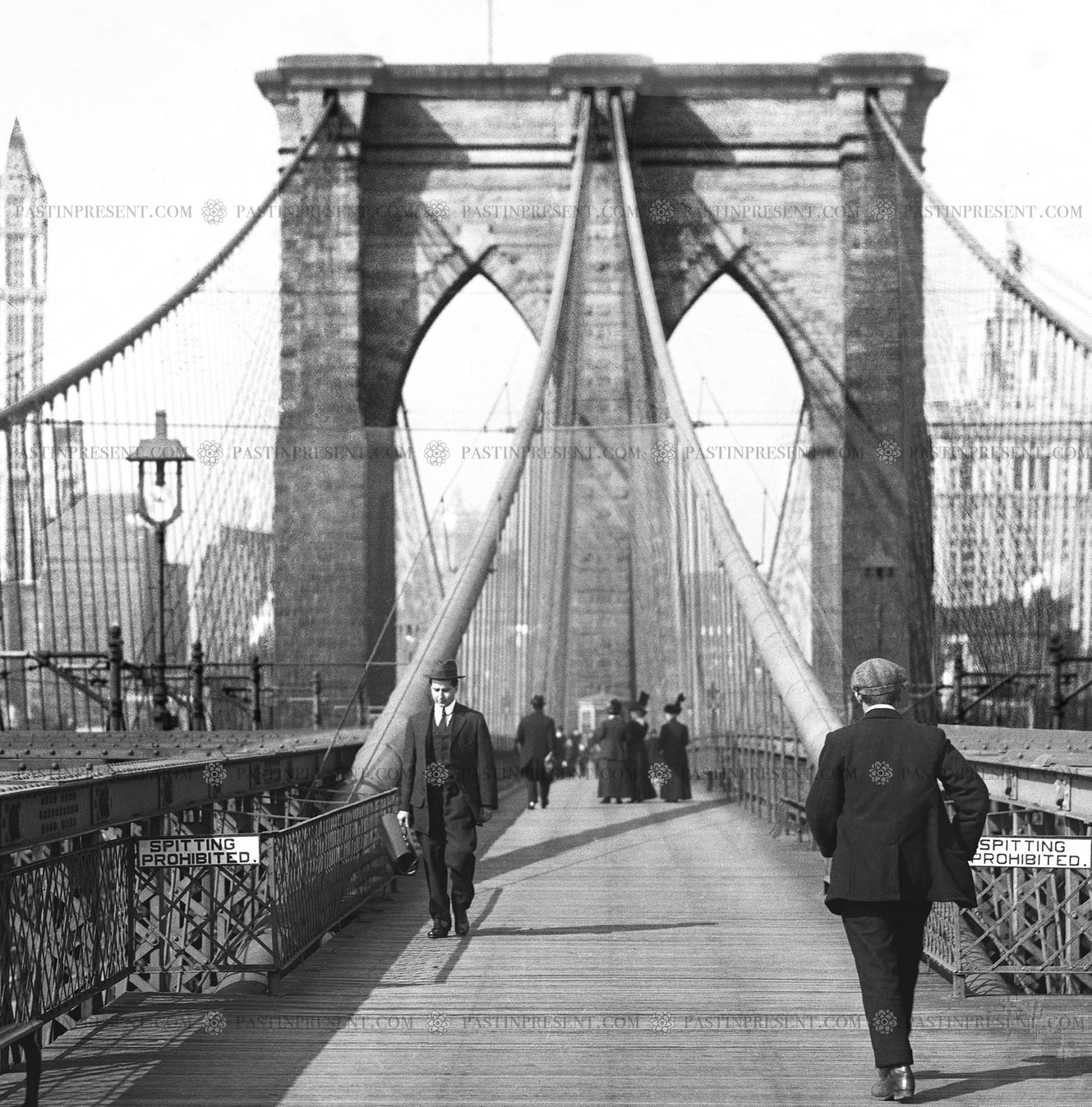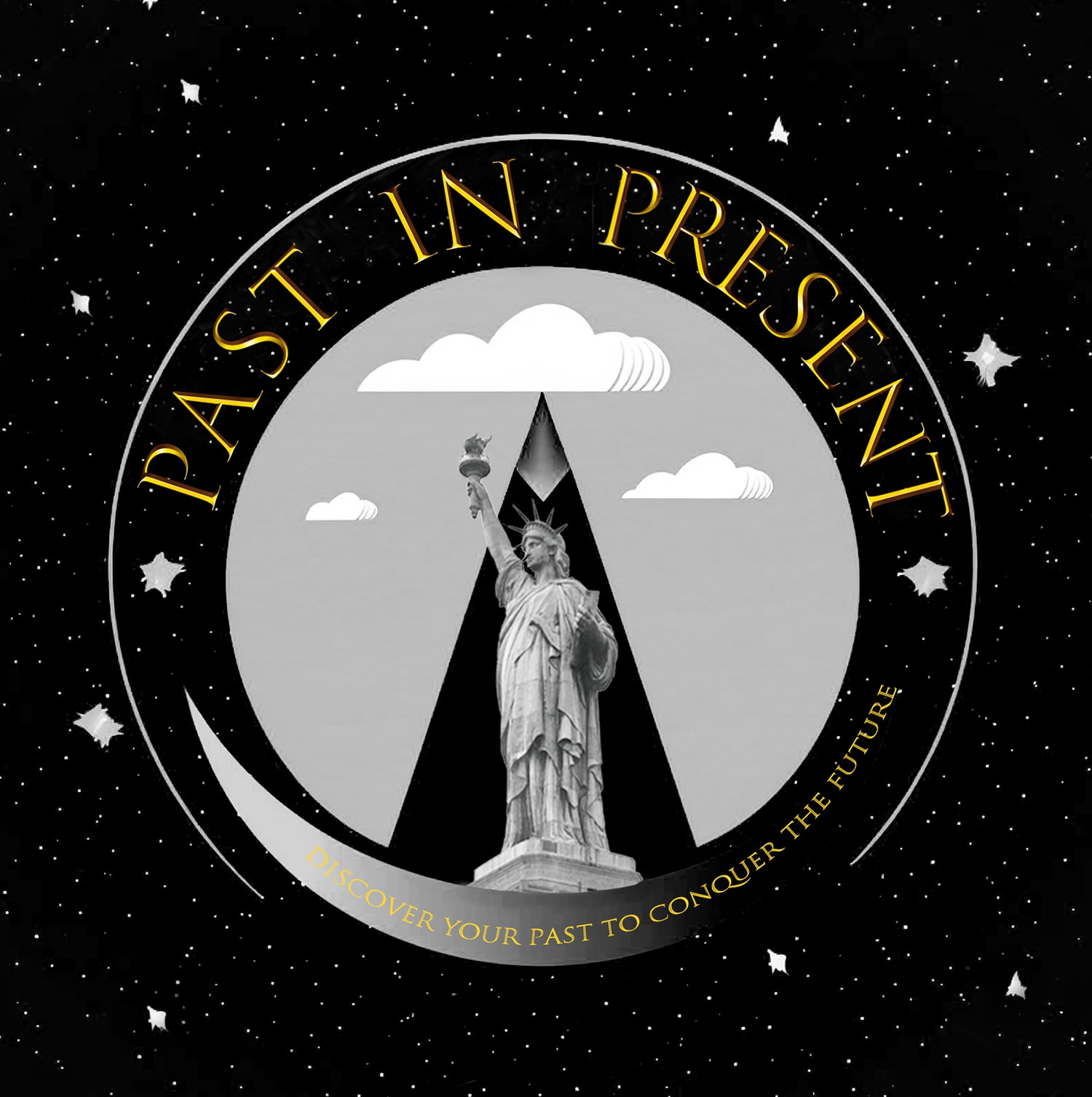 “Spitting Prohibited” Signs NYC Brooklyn Bridge Walking Promenade, c.1910's
“Spitting Prohibited” Signs NYC Brooklyn Bridge Walking Promenade, c.1910's
 “Spitting Prohibited” Signs NYC Brooklyn Bridge Walking Promenade, c.1910's
“Spitting Prohibited” Signs NYC Brooklyn Bridge Walking Promenade, c.1910's
 “Spitting Prohibited” Signs NYC Brooklyn Bridge Walking Promenade, c.1910's
“Spitting Prohibited” Signs NYC Brooklyn Bridge Walking Promenade, c.1910's
 Original vintage glass camera negative, c.1910's (display only not for sale)
Original vintage glass camera negative, c.1910's (display only not for sale)
“Spitting Prohibited” Signs NYC Brooklyn Bridge Walking Promenade, c.1910's
Further images
In the bustling 1910s, as New York City continued to surge forward with innovation and progress, the Brooklyn Bridge stood as a symbol of modernity and connectivity. Amidst the throngs of pedestrians strolling along its majestic promenade, where the air buzzed with excitement and the promise of a brighter future, a small yet significant detail caught the eye: a “Spitting Prohibited” sign discreetly posted along the walkway.
This seemingly mundane sign spoke volumes about the era in which it existed. As the city grappled with issues of sanitation and public health, particularly in the wake of the devastating outbreaks of disease that had plagued urban centers in previous decades, such regulations were becoming increasingly common.
The sign, perhaps a humble reminder amidst the grandeur of the bridge's architecture, served as a testament to the city's commitment to progress and hygiene. It reflected growing awareness of the importance of cleanliness in public spaces, a reflection of the evolving social norms and values of the time.
Despite its modest appearance, the “Spitting Prohibited” sign carried with it a profound message: that even in the midst of rapid technological advancement and urban expansion, the health and well-being of the city's inhabitants remained a top priority. And as pedestrians passed beneath its watchful gaze, they were reminded that progress must be tempered with a sense of responsibility towards one another and the environment they shared. Step back into the bustling streets of 19th-century New York City, where the air is thick with ambition and innovation. The Brooklyn Bridge stands tall and proud, a testament to human ingenuity and determination. By the early 1910s, the bridge has already woven itself into the fabric of daily life for countless New Yorkers. Its iconic silhouette dominates the skyline, its cables cutting through the air like threads of destiny.








